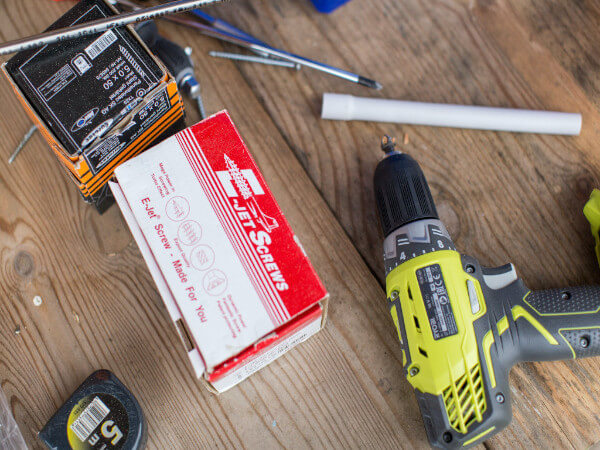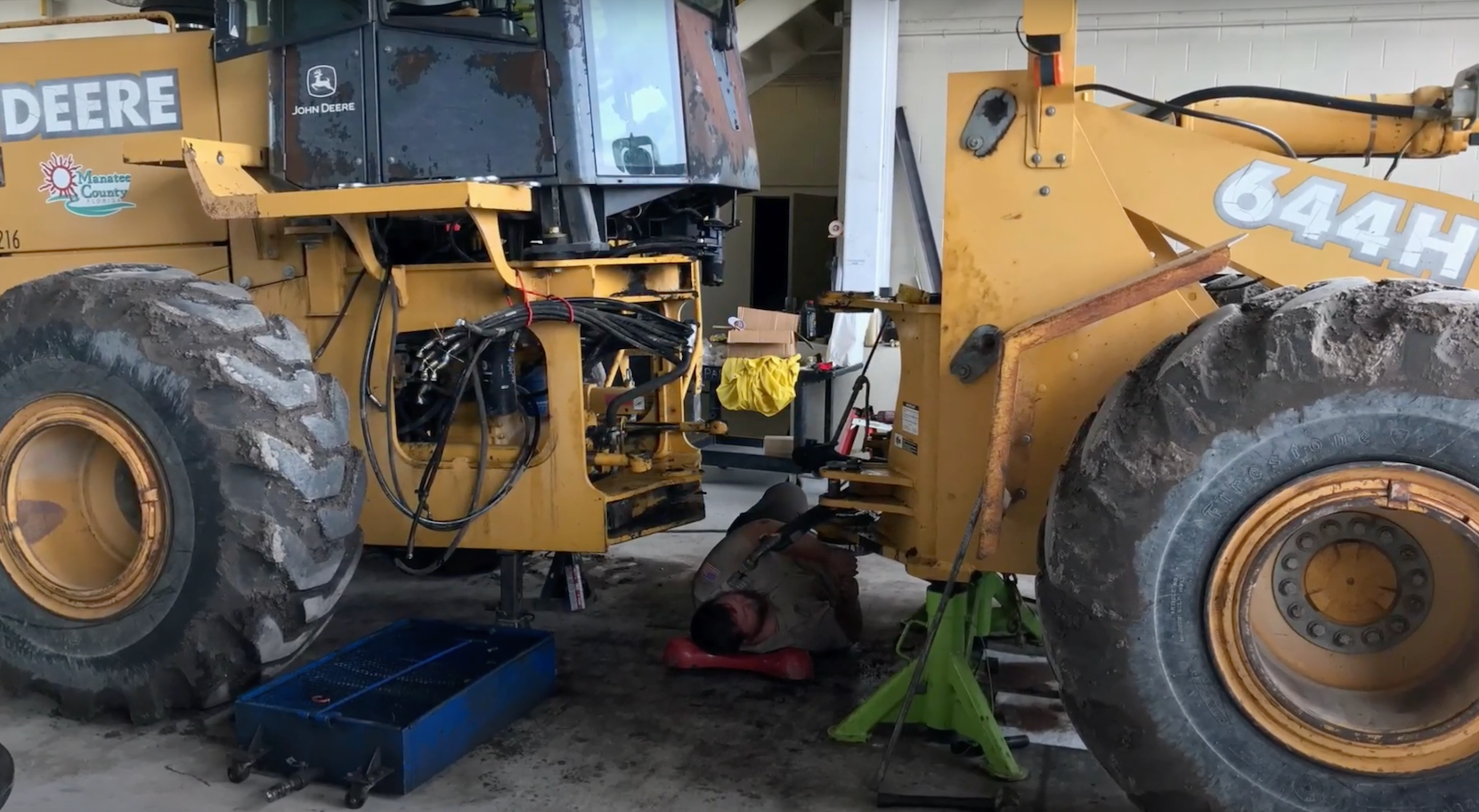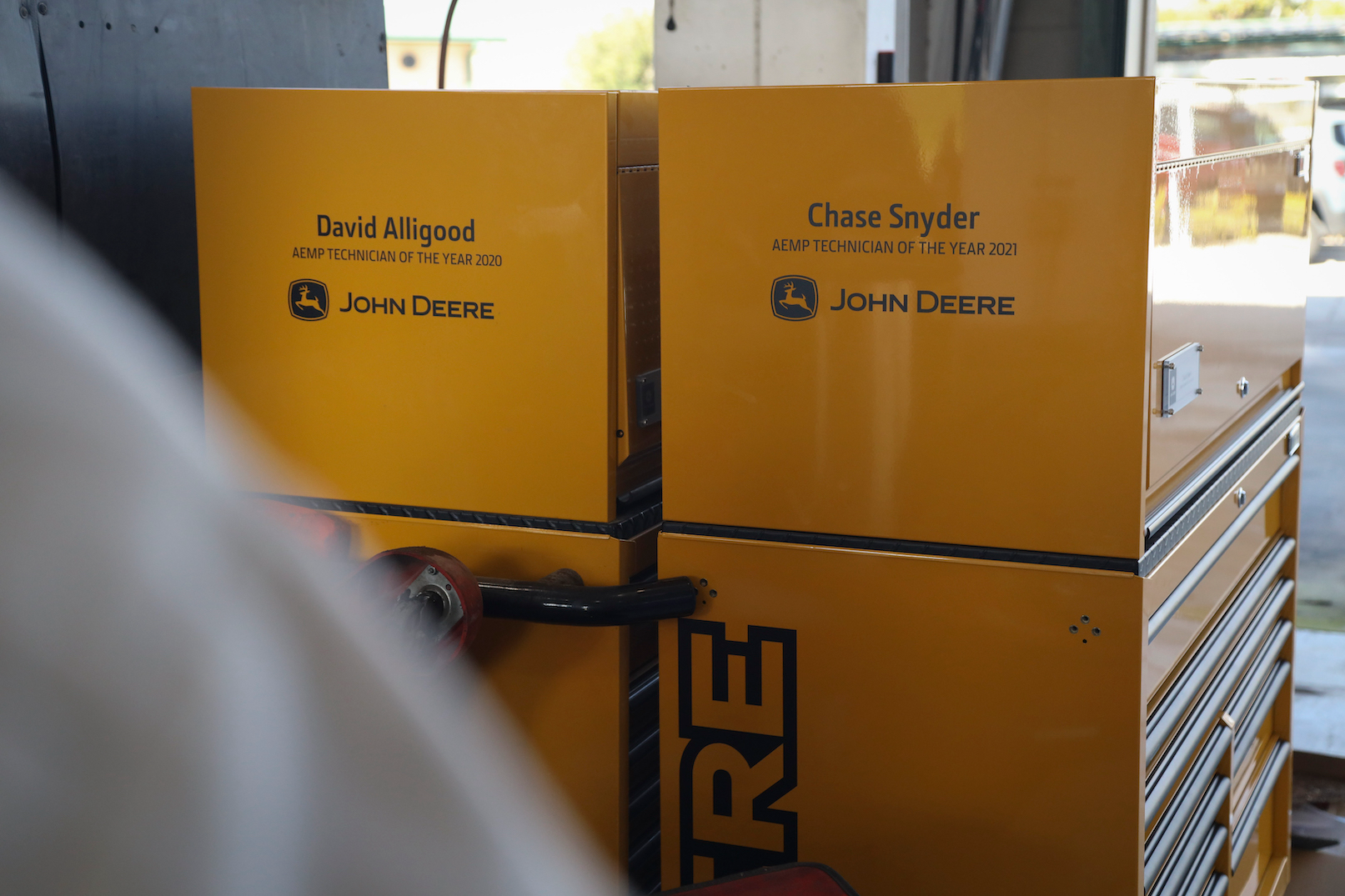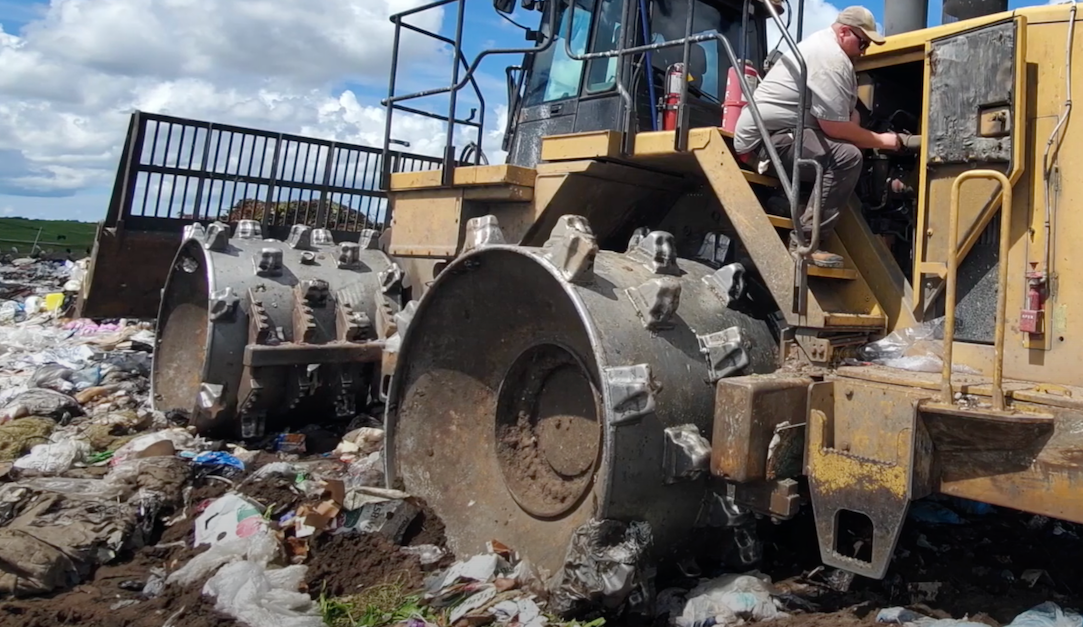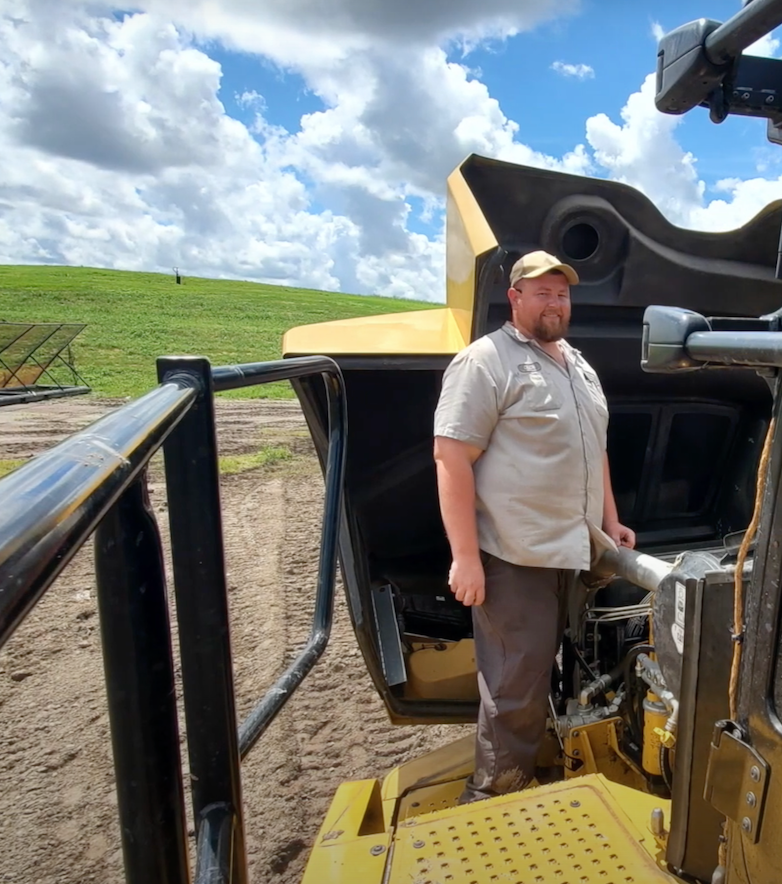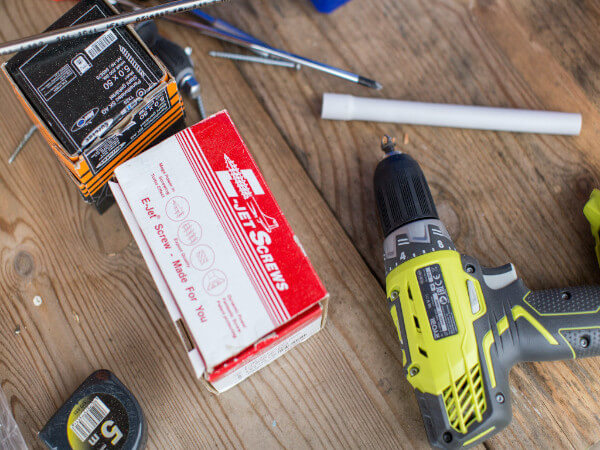
When your roof finally comes of age, and it’s time to re-shingle and replace it, many people don’t understand what they are trying to evaluate. Many people think that shingles are shingles and may pick them based on the style or color. However, they may not know why some shingles are recommended for their house or area over others. You should ask your roofing contractor a lot of questions about shingle types and what’s best for your house style and the area where you live. You should be well informed when you step up to bat to put a cap on your house.
You should consider these structural factors
Weight limits of your house
While shingles are often seen as light compared to the components of the rest of the house, the fact is that they are frequently a considerable portion of the mass of a house. Not all houses are built to support all types of shingles. The weight limit of most typical house roofs is around 15 pounds per square foot of roof, which is a reasonably robust but not infinite amount of weight. Some heavier types of shingles can easily exceed this mark, and older houses that haven’t been kept up properly could shudder and shake under that kind of weight.
So, knowing the per-square-foot weight limit of your roof is going to be a large part of making the right choice to keep your home dry and standing for years to come.The slope and pitch of your roof
First off, let’s make sure we’re understanding these terms correctly. The slope of your roof is the amount the roof rises in inches for each foot of its depth into the house, so a house with a roof that rises one inch per foot would have a very shallow slope, whereas one that rises eight inches per foot would be incredibly steep. The slope is expressed as a ratio, 1:12 for the first house and 8:12 for the second.
The pitch of a roof is a fraction that represents the rise of the whole roof from edge to peak over the entire span of the roof. So, a roof that was 100 feet in span that rose 10 feet up would have a pitch of 10/100 or 1/10.
Depending on the pitch and slope of your roof, certain types of shingles might not be appropriate for your house. Larger clay and stone shingles, for example, might slide right off a steeper roof or have trouble staying in place in the long term. Again, this is something you should know before you go shopping to avoid setting your sights on something that’s not available for your home.
Environmental factors to consider
Where your home is in the world and what the environment is like will have a significant impact on what types of shingles you want to protect your roof. For example, a set of shingles that works beautifully for houses in a dry, warm climate like the Southwest might be inappropriate for a house that has to endure the cold winters and snow of the Mideast. Likewise, different kinds of tiles will provide different benefits and last different amounts of time depending on where you are in the world. So, it’s worth taking a beat to plan that out for yourself.
How much snow and rainfall does your region have each year?
The amount of snow or rain that falls on your roof is going to determine how appropriate certain types of shingles are for your area. For example, wood shingling will be better suited for a drier climate than most asphalt, rubber, or plastic roofs will be due to the increased pressure from bugs and mold that is going to be applied to even the best antifungally treated wood shakes.
A large amount of freezing and thawing will put a lot of strain on clay or stone roofs that would otherwise last an incredibly long time. So, while it won’t make them useless, it’s essential to recognize how precipitation is going to inform the longevity of your purchase.Are moisture and algae a problem in your neighborhood?
In a similar vein, different colors and materials are better equipped to deal with algal growth in moister areas where that’s likely to be an issue. It’s worth looking around your neighborhood to see whose roofs look the best in your local environment. It’s hard to beat the information you’ll get from looking at an older roof in your area because their owners have made similar choices and their roofs have been subjected to the same pressures yours will face.Winds—how high are they where you live?
If your area is subject to high winds, as in coastal environments or the Midwest, it’s worth considering whether your shingles might actually just blow away. Lighter types of shingles, such as plastic shingles or light metal roof panels, can be snatched up by fierce winds and tossed away. This makes it very worthwhile to invest in heavier shingles that will stay tightly latched to the roof and is one of the reasons slate and clay tiles are frequently so popular in coastal areas.The temperature range in your area
Last, the temperature of your environment is going to have a considerable impact on your choice. In hotter environments, clay and stone shingles can have significant cooling properties, which can help keep your house comfortable in hot summers but might make them less than ideal for places with sharp, brutal winters. The color of your shingles can also modify this a great deal, with darker shingles absorbing more heat from the sun and retaining it through the day, while brighter colors reflect more of the heat away from your house.
Make sure that you consider your house’s environment as you think about what you want it to look like.
Lifestyle factors to consider
A roof is more than just the hat that keeps your house warm. It’s also one of the most obvious statements that your house makes to people who visit you. So, it has to match the style of your house, and it has to look good with the color of the house.
Style
A house that has a hyper-modern aesthetic might struggle not to clash with slate roofing or wood shakes. Your house is the most significant stylistic choice you make in your life, and you don’t want to purchase something that makes it look questionable. That said, if your roof has a higher pitch, you have more visible surface area to play with, and the flatter your roof is, the less visually important the color of the roof is likely to be.
If you have a flat roof, a duller color could let the eye focus elsewhere, and a sharper color could be harder to pull off. In contrast, a taller roof gives you the opportunity to strike out with a color or tone with your choice of shingles.Neighborhood blend
You also want to make sure that your choice is not going to cause problems with your neighbors or make your house stand out in a bad way. For example, being the only house with bright orange clay tiles in your neighborhood could be lovely, but if it’s a clash with the houses around it, an otherwise lovely-looking roof could be made to look gauche.Maintenance needs
Certain types of roofs, most notably wood, clay, and slate, all require more constant maintenance and attention to keep them in order. If you’re not going to be happy to be taking care of your roof in a more active way, then perhaps these might be more of a headache than you actually want to deal with.
Costs
Finally, we get to brass tacks and cost. Depending on how long you plan on staying in your current home, certain purchases may simply not make sense. For example, you can pay more for much more longevity on your roof, with some stone roofs getting up to 200 years of durability with proper maintenance, but if you’re not planning to hand your house on to your heirs, it may not make complete sense to pay for a century of use that you’re not going to use. Similarly, solar tiles are a potential boon to a homeowner, but the precise economics of them may or may not make sense for a particular homeowner.
TypeCost per Square (100 sq./ft.)LifespanAsphalt$350 – $50020 yearsRubber or Plastic$550 – $1,10030 yearsMetal Panels$600 – $1,20050 yearsWood Shingles or Shakes$80030-40 years based on maintenanceSolar Tiles$2,100 – $2,500 (additional electrical wiring costs)30 yearsStone and Slate$1,50070-200 years based on maintenanceClay$1,50050-100 years based on maintenance
Now you’re armed to go forward and shop for a new roof, knowing what you need to get started on the journey of picking a roof that will keep you dry and warm for at least the next twenty years.
The post Choosing the Right Shingles for Your Roof appeared first on Mr Roof.
Did you miss our previous article…
https://www.3555pacific.com/?p=772
